1. The Ghost Glass Frog
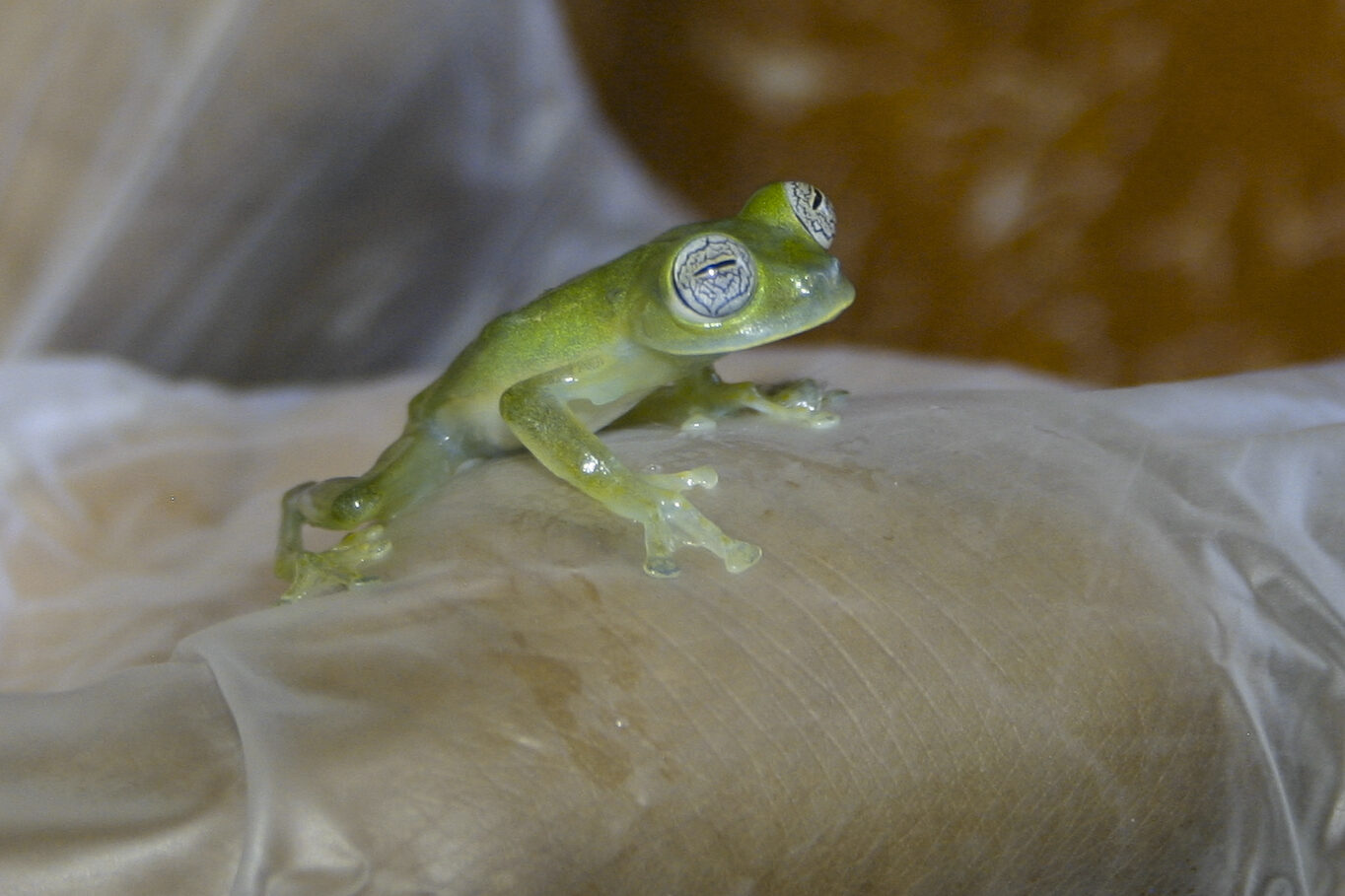
The ghost glass frog (Sachatamia ilex) is one of the Amazon’s strangest new discoveries. This tiny amphibian has nearly transparent skin, making it appear almost invisible when resting on leaves. Scientists were astonished to find that its organs, including its beating heart, are fully visible through its translucent body. According to Science News, this bizarre adaptation helps the frog avoid predators by blending seamlessly into its surroundings.
Unlike other frogs, the ghost glass frog is highly elusive, living high in the rainforest canopy where few researchers have ventured. It was only recently spotted using thermal imaging cameras during nighttime expeditions. Scientists believe its unique transparency may also help regulate body temperature, a survival mechanism in the dense humidity of the Amazon. This discovery has raised new questions about camouflage and adaptation in amphibians.
2. The Ink-Blooded Catfish
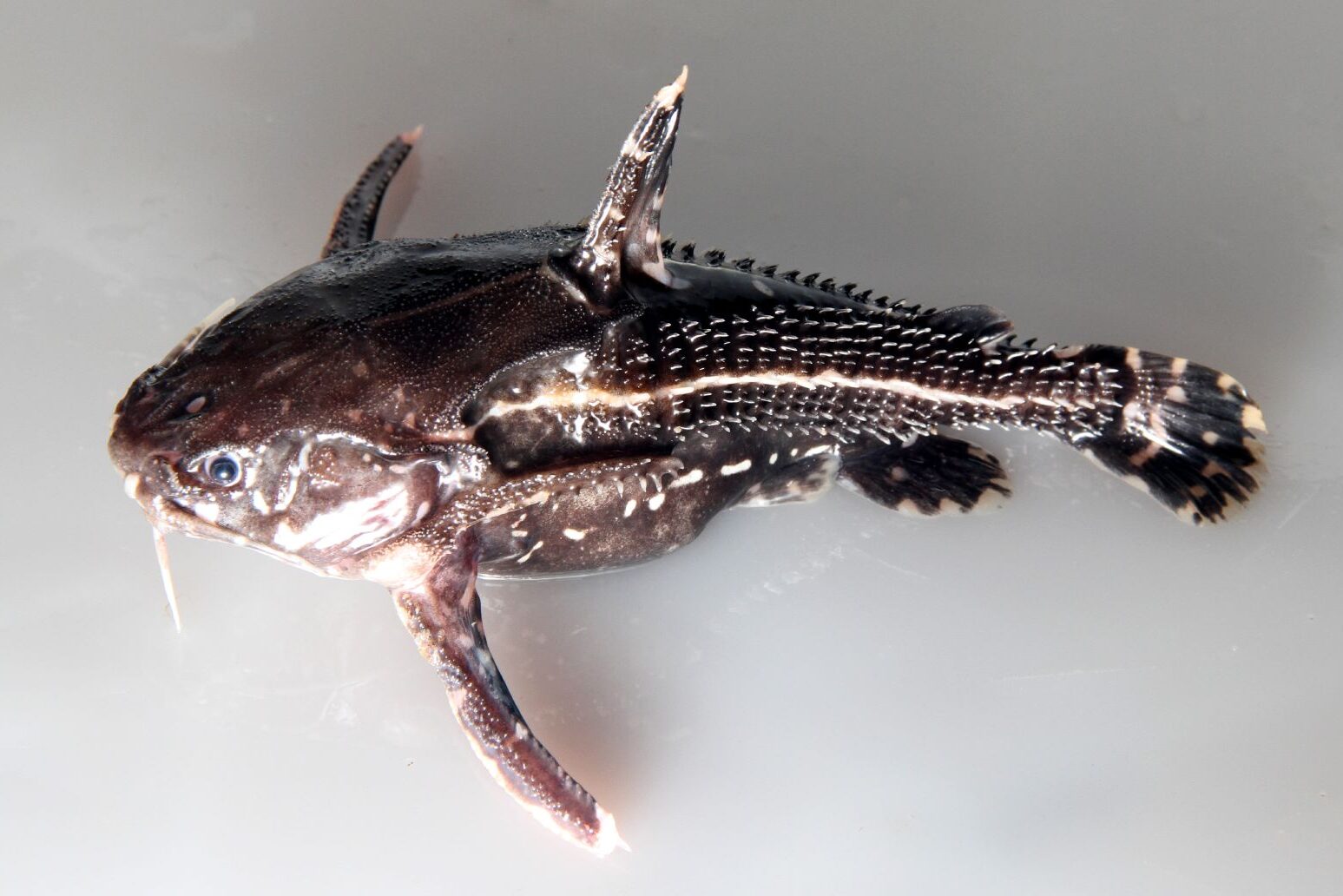
Lurking in the shadowy depths of Amazonian rivers, the ink-blooded catfish (Acanthodoras obscurus) has a defense mechanism straight out of a science fiction movie. When threatened, this fish releases a thick, inky black secretion from its skin, turning the surrounding water into an impenetrable cloud of darkness. This ability allows it to vanish from sight instantly, confusing predators and giving it the perfect chance to escape.
Unlike squids and octopuses, which release ink through specialized glands, the ink-blooded catfish secretes its dark fluid through tiny pores along its body, making it the first known freshwater fish with such a defense. Scientists believe this adaptation evolved due to the high number of predators in its environment, giving it an edge in the survival game. Its discovery has left biologists wondering how many more Amazonian fish possess unusual chemical defenses that have yet to be documented.
3. The Shadow Bat
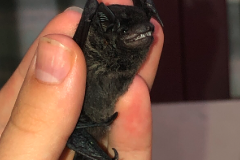
The shadow bat (Myotis nigricans) was long mistaken for other species due to its ability to camouflage itself among tree branches. This nocturnal predator has a velvety black coat that absorbs light, making it nearly invisible in the darkness of the rainforest. It was only through specialized night-vision cameras that scientists were able to distinguish it from other bat species.
What makes this bat even more mysterious is its echolocation pattern, which differs from all other known bats, as highlighted in a study on adaptive sonar behaviors (PMC). Instead of high-pitched clicks, it emits low-frequency pulses that allow it to navigate without alerting its prey. Researchers believe this adaptation evolved to help the shadow bat hunt more effectively in dense jungle environments. Its discovery adds yet another layer to the intricate puzzle of Amazonian wildlife.
4. The Fire-Bellied Toad
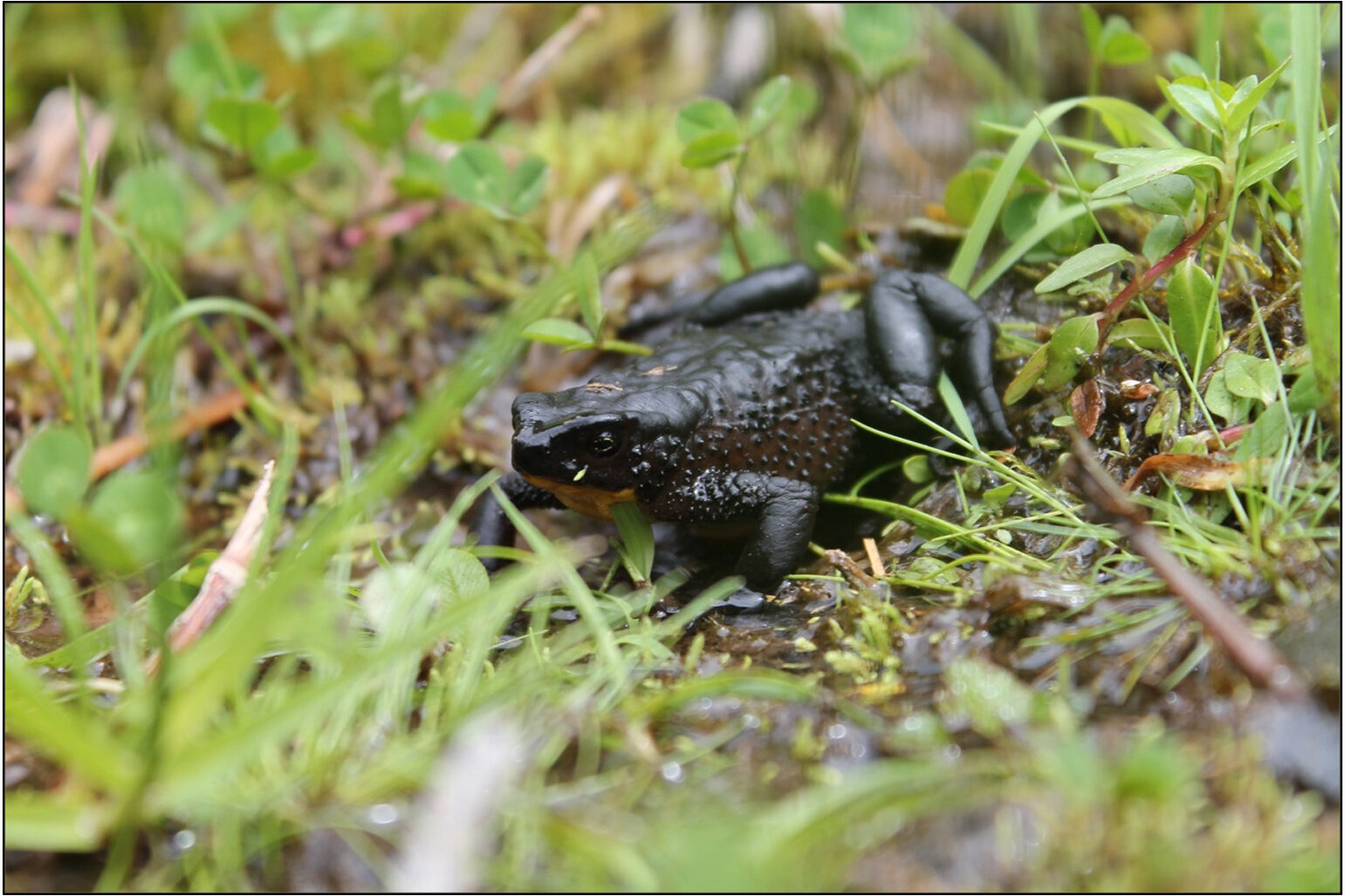
One of the most unexpected discoveries in recent years is the Amazon’s firebellied toad (Atelopus ignescens). This striking amphibian has a black, almost featureless back, but when turned over, its belly glows a brilliant, fiery orange under UV light. Scientists suspect this biofluorescence is used for communication or warning signals against predators.
Unlike other brightly colored frogs, which use toxins for defense, the fire-bellied toad appears to rely on its glowing skin to startle attackers, according to Wildlife Informer. It was first identified when researchers noticed a strange glow coming from wet rocks along a remote riverbank. The discovery of its unique fluorescence has sparked new interest in how amphibians use light-based signals in the rainforest.
5. The Crystal-Spined Caterpillar

Among the strangest insects recently found in the Amazon is the crystal-spined caterpillar (Eryphanis vitrea), a larva covered in translucent, glass-like spines that shimmer when exposed to sunlight. Scientists were baffled by its appearance, as the spines seem to serve no immediate defensive purpose—until they observed how the caterpillar reacts when disturbed. Instead of fleeing, it refracts light through its body, creating dazzling bursts of colors that disorient potential predators.
Even more astonishing is what happens when it matures: the crystal-spined caterpillar transforms into the glasswing moth, an ethereal insect with wings so transparent that they seem almost invisible. Unlike typical moths, which have solid-colored wings for camouflage, this species relies on near-complete invisibility to escape detection. The discovery of this moth-caterpillar duo has left scientists wondering how many more Amazonian insects possess similarly mind-bending adaptations that have yet to be uncovered.
6. The Phantom Jellyfish
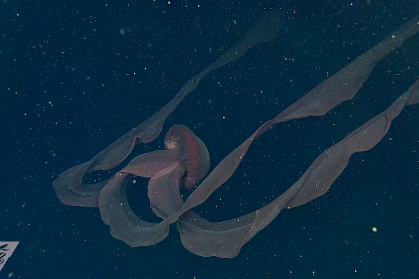
Scientists recently identified a bizarre jellyfish-like creature lurking in the deep, slow-moving waters of the Amazon. Dubbed the phantom jellyfish (Stygiomedusa), this translucent, bell-shaped organism pulses silently beneath the surface, making it nearly undetectable. Unlike oceanic jellyfish, which rely on currents, this species appears to control its movements using a series of muscle contractions, allowing it to navigate independently.
Its ghostly, bioluminescent glow only adds to its mystery. Researchers believe the Phantom jellyfish uses this light to attract unsuspecting prey in the dark waters. This discovery has reshaped our understanding of freshwater jellyfish, proving that even in an environment as well studied as the Amazon River, there are still hidden creatures waiting to be found.
7. The Titan Ant
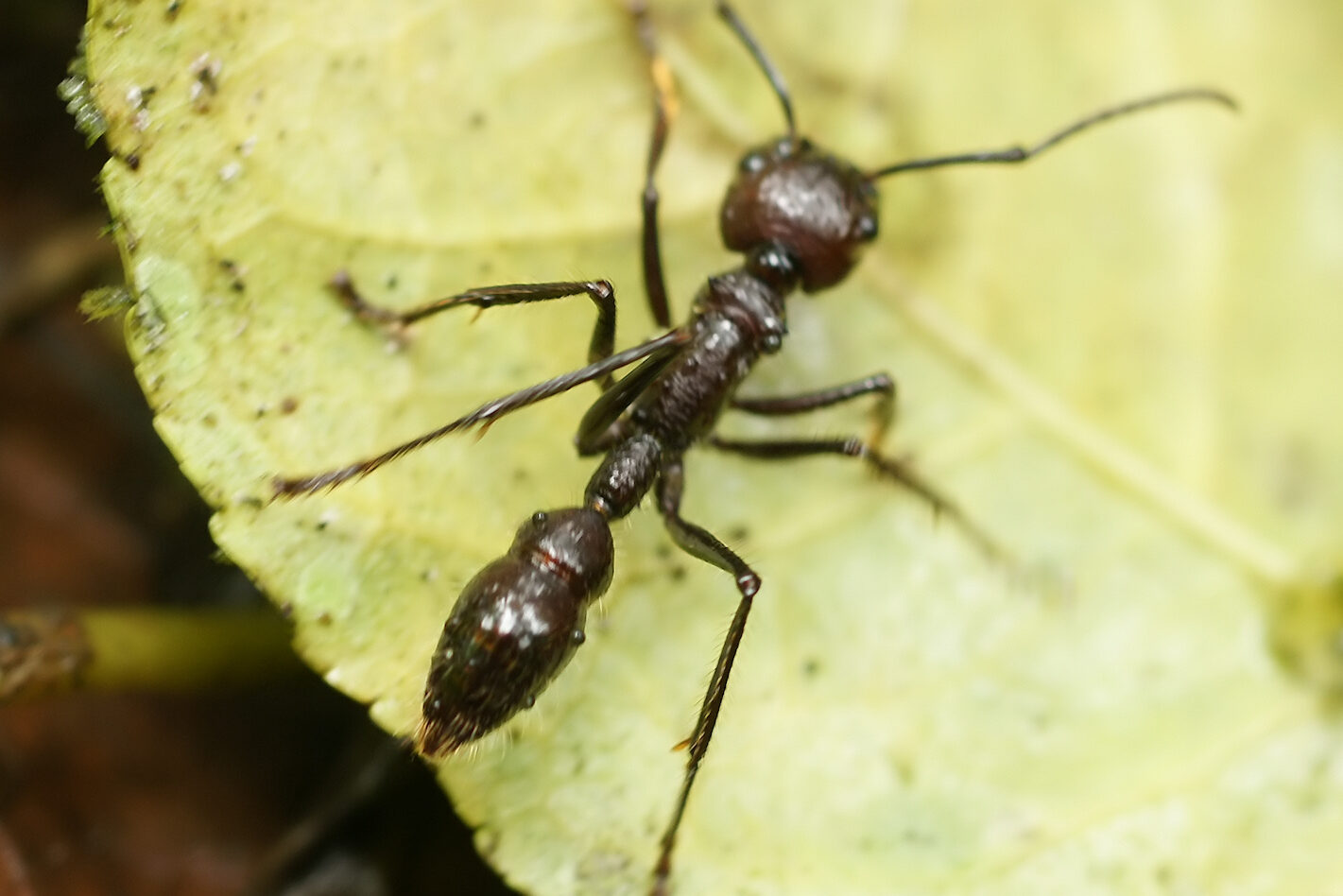
Deep in the rainforest, scientists stumbled upon an enormous species of ant that had never been documented before. The titan ant (Paraponera clavata) measures nearly two inches long, making it one of the largest ants ever recorded. It closely resembles fossilized ant species from millions of years ago, suggesting that it may be a living relic from the past.
Unlike its aggressive cousin, the bullet ant, the titan ant appears to be more reclusive, relying on its massive size and tough exoskeleton for defense rather than a painful sting. Researchers were surprised to find that it exhibits complex social behaviors, communicating with deep, vibrating rumbles rather than chemical signals. This discovery suggests that the Amazon may still harbor even more ancient insect species, waiting to be uncovered.
8. The Whispering Spider

The Whispering Spider(Araneus susurrans) is an otherworldly arachnid that does not spin traditional webs but instead communicates through delicate vibrations. Unlike most spiders, which use silk to catch prey, this one relies on a nearly invisible web that functions as an intricate soundboard. When an unsuspecting insect lands on it, the web vibrates at a frequency that the spider can interpret as a sort of “whisper,” guiding it toward its meal with eerie precision. Scientists were baffled by its ability to “listen” to these vibrations in ways previously unknown among arachnids.
This spider’s method of hunting is so efficient that it rarely misses a catch, making it one of the most specialized predators in the Amazon. Even more astonishing is its ability to change the tension of its web to alter the sound waves it receives, effectively tuning it like a musical instrument. Some researchers believe that this could be an evolutionary adaptation to avoid being tricked by false vibrations, such as those caused by wind or raindrops. With its nearly invisible presence and an uncanny ability to detect movement with pinpoint accuracy, the Whispering Spider is a true phantom of the rainforest.
9. The Echoing Tamarin
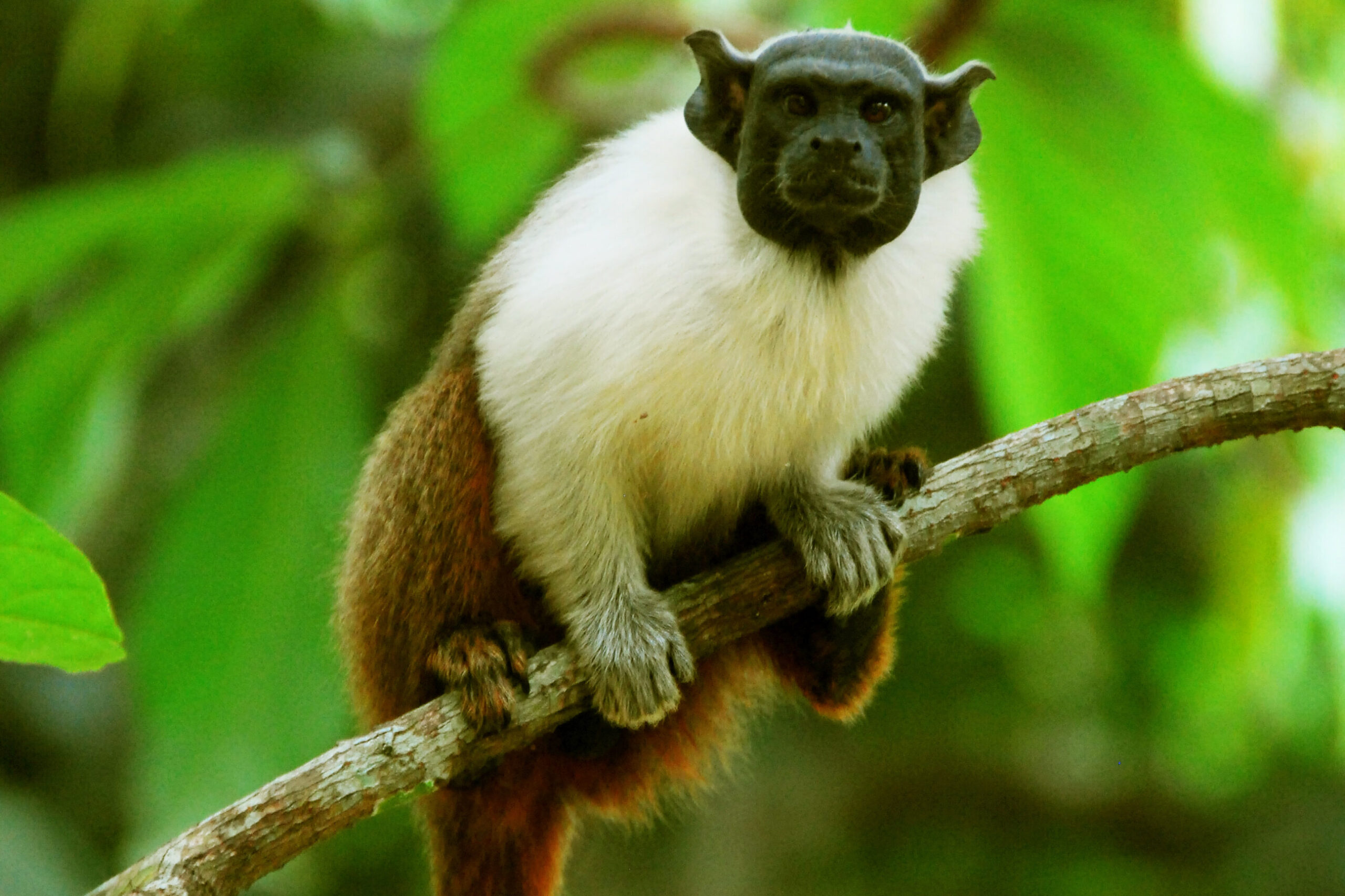
Among the tree branches, researchers identified a never-before-seen species of tamarin monkey with an unusual talent. The echoing tamarin (Echoing Tamarin) mimics the calls of nearby birds, confusing predators and allowing it to evade detection, according to PubMed Central. This behavior is unlike anything seen in primates before, making it one of the most mysterious discoveries of recent years.
Researchers spent months observing the tamaran and found that it could imitate multiple bird species with shocking accuracy. Some scientists speculate that this talent helps the monkeys integrate into mixed-species flocks, giving them early warnings of approaching danger. The discovery of this remarkable skill has opened new avenues in primal intelligence research, showing that mimicry may be more widespread than previously thought.
10. The Lantern-Bodied Beetle

One of the most visually stunning discoveries in the Amazon rainforest is the lantern-bodied beetle (Lucidota amazonensis), according to Mongabay Kids. Unlike fireflies, which produce light in their abdomens, this beetle has bioluminescent patches running along its entire exoskeleton, making it glow like a tiny lantern. This effect is particularly mesmerizing at night when swarms of these beetles create an eerie, floating glow through the trees.
Scientists believe the beetle uses its lights not just for attracting mates but also for confusing predators. When threatened, it can rapidly flash different parts of its body, creating an optical illusion that makes it appear as multiple creatures instead of just one. The discovery of such a uniquely glowing insect proves that the Amazon is still home to biological marvels waiting to be studied.
11. The Whispering Frog
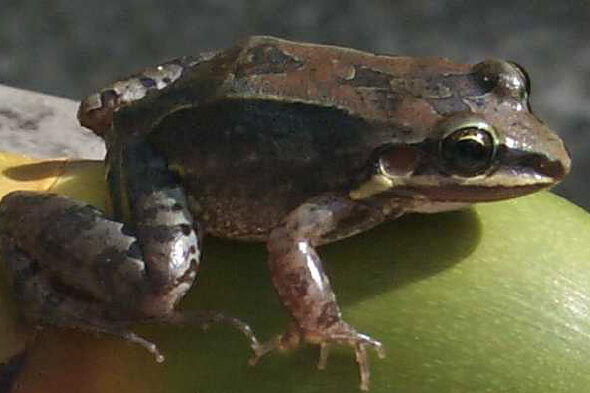
Unlike most frogs, which rely on loud croaks to attract mates, the whispering frog (Leptodactylus) communicates using low-frequency vibrations that travel through the ground. Scientists were baffled when they found that this species could “speak” without making any audible noise. Instead, it sends subtle pulses through the earth, which other frogs detect through specialized receptors in their legs.
This adaptation allows the whispering frog to remain undetected by predators that hunt by sound, such as snakes and birds. Researchers believe this silent communication method may have evolved as a survival strategy in an environment filled with danger. Its discovery has prompted new studies into how amphibians use non-verbal communication to interact with their surroundings.
12. The Leaf-Mimic Moth
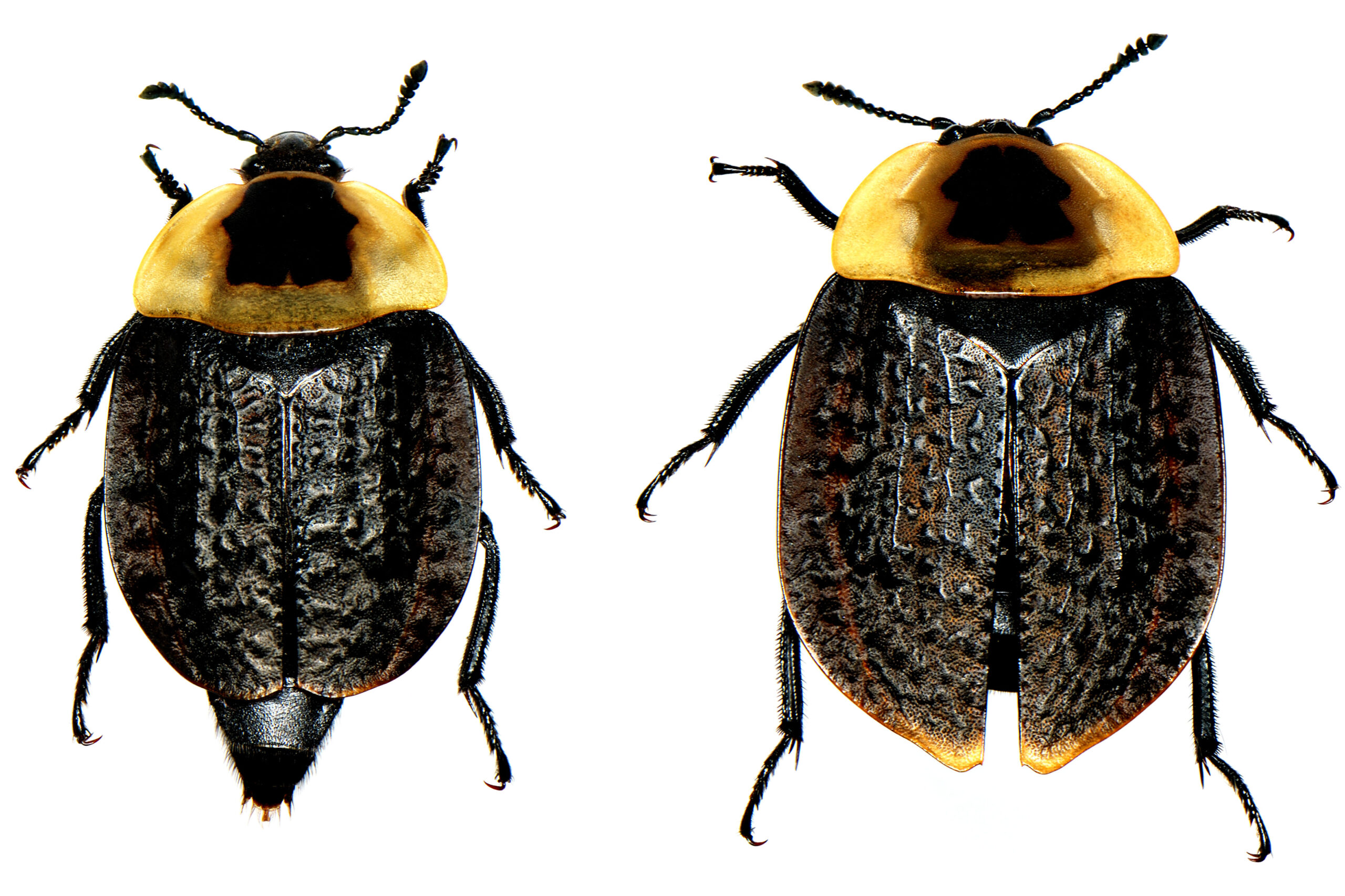
Camouflage in insects is nothing new, but the leaf-mimic moth (Necrophila) takes deception to a new level. This species not only resembles a dry, decaying leaf but even has patterns that mimic mold and fungus spots, making it nearly impossible to distinguish from real plant matter. Scientists only discovered it when one of these “leaves” suddenly took flight.
Unlike other camouflaged insects, which rely solely on color patterns, this moth even mimics the curled edges and small tears found in decomposing leaves. This extraordinary level of mimicry helps it avoid detection from predators like birds and bats. Its discovery highlights how many species in the Amazon have evolved near-perfect adaptations to avoid detection.
13. The Speckled River Stingray

In the winding rivers of the Amazon, researchers discovered a new species of stingray with dazzling, almost psychedelic patterns. The speckled river stingray (Potamotrygon psychedelica) has swirling neon-green and purple markings along its body, making it one of the most visually striking freshwater creatures ever recorded. Its unusual coloration sets it apart from the typically dull-colored stingrays found in Amazonian waters.
Scientists are still unsure about the purpose of these bright colors. Some speculate that they serve as a warning signal to potential predators, while others believe the stingray uses them to communicate with its own species. This discovery proves that even in well-explored waters, the Amazon still hides creatures that challenge our understanding of evolution and adaptation.


